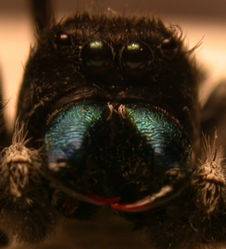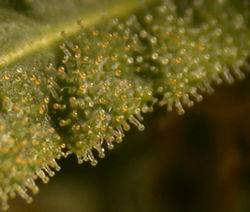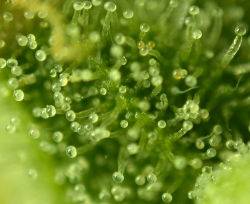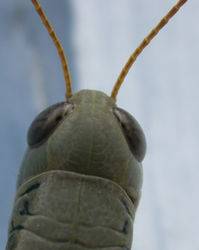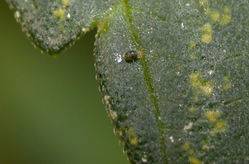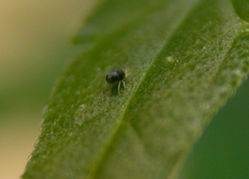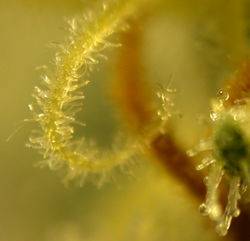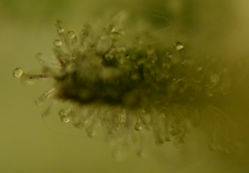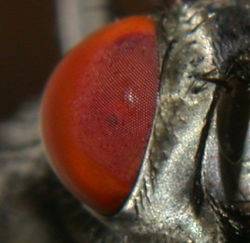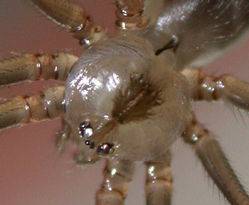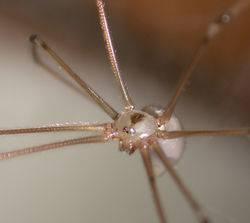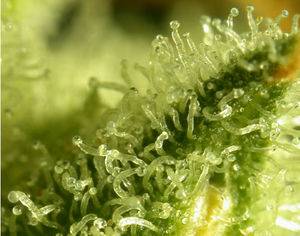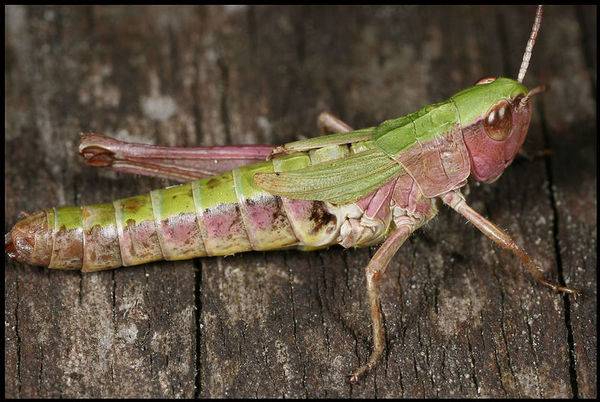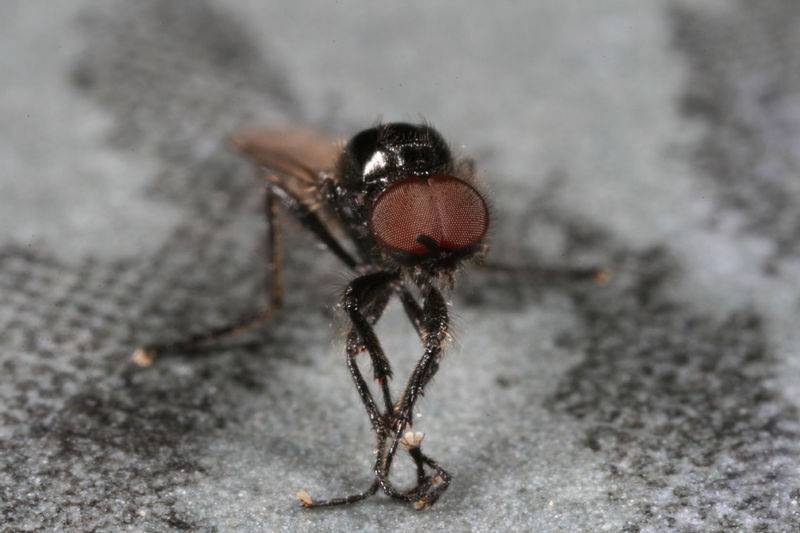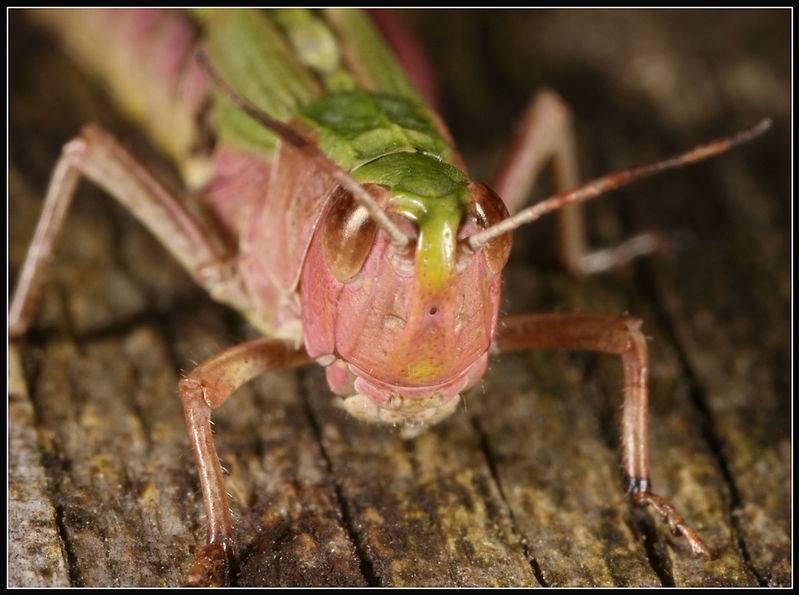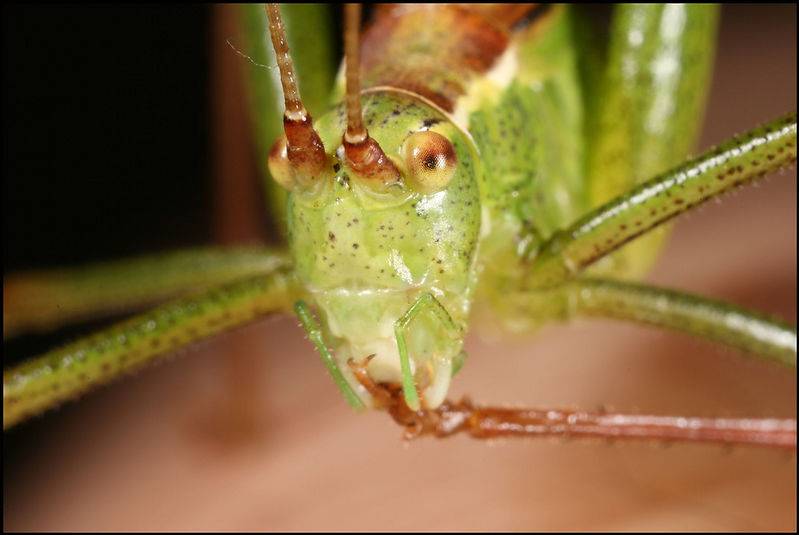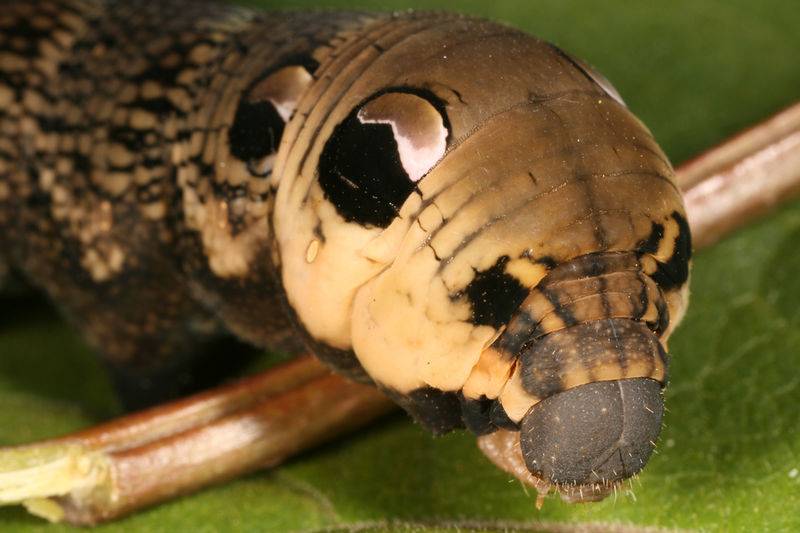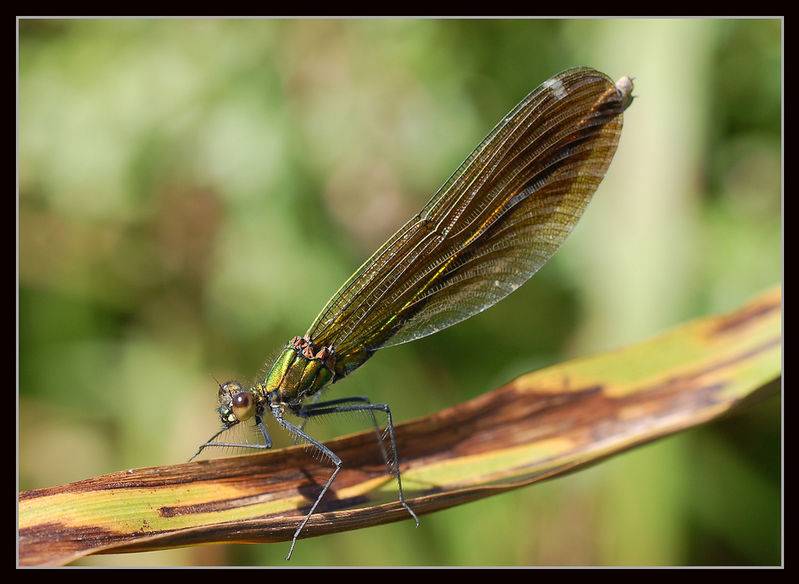Thats interesting, I have noticed that the 400s can appear a little grainy especialy when cropped, I figured I was messing something else up. But the colour tones are much warmer, and I started to use ISO as a colour capture tool more than anything.
F numbers, why do peeps talk about them going down when the number is getting bigger? And why does capturing a deeper image (sure you know what I mean there), cut out so much light. I can only go from 2.8 to 8 but the difference is amazing on the light available. To photo a flower in the garden in the middle of the day on f8 I had to use the flash to get a decent pic. And then the background was almost black.
F numbers, why do peeps talk about them going down when the number is getting bigger? And why does capturing a deeper image (sure you know what I mean there), cut out so much light. I can only go from 2.8 to 8 but the difference is amazing on the light available. To photo a flower in the garden in the middle of the day on f8 I had to use the flash to get a decent pic. And then the background was almost black.



 first i need a good tele lens (70-200 f4 is
first i need a good tele lens (70-200 f4 is  )...
)...